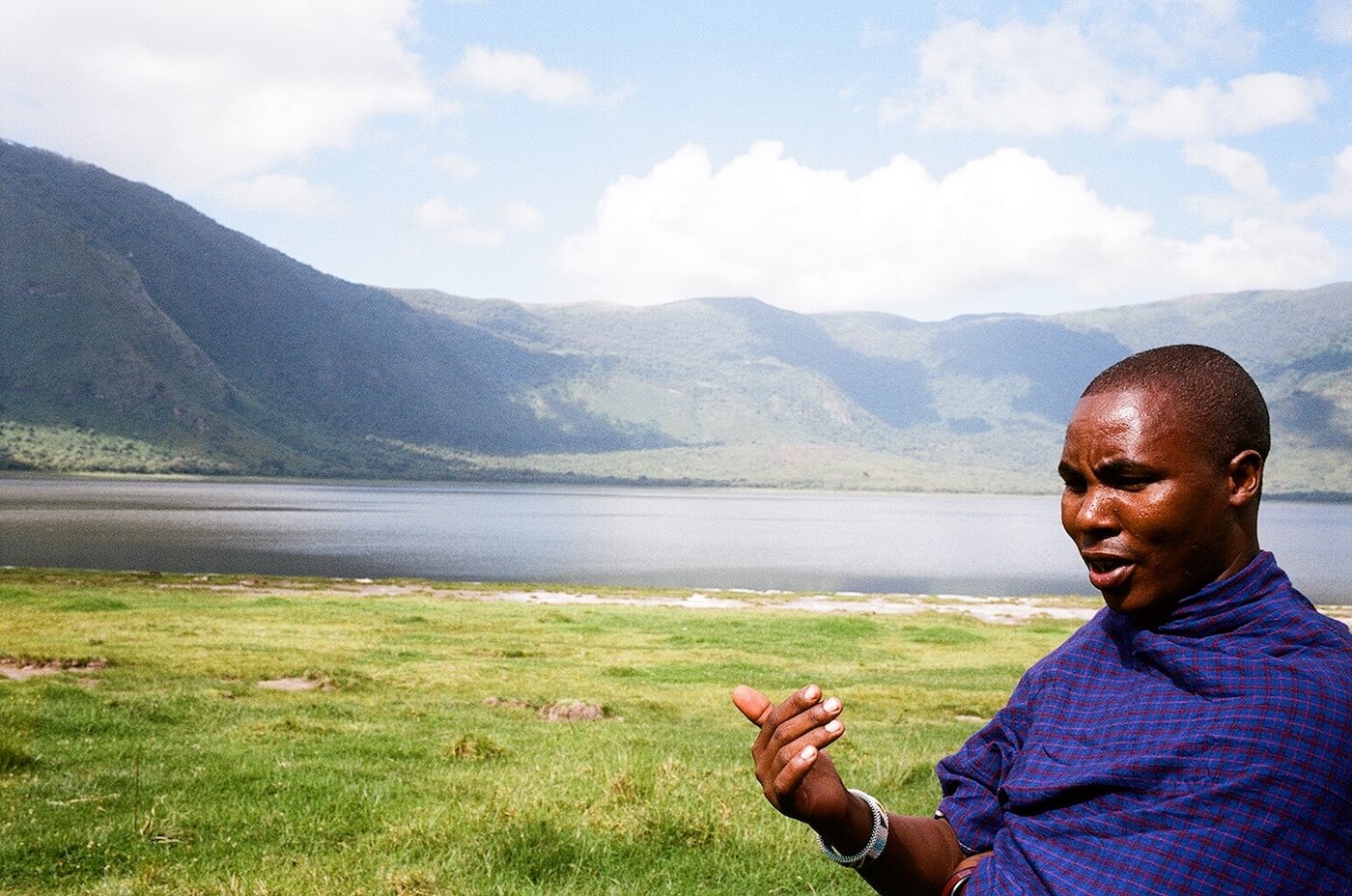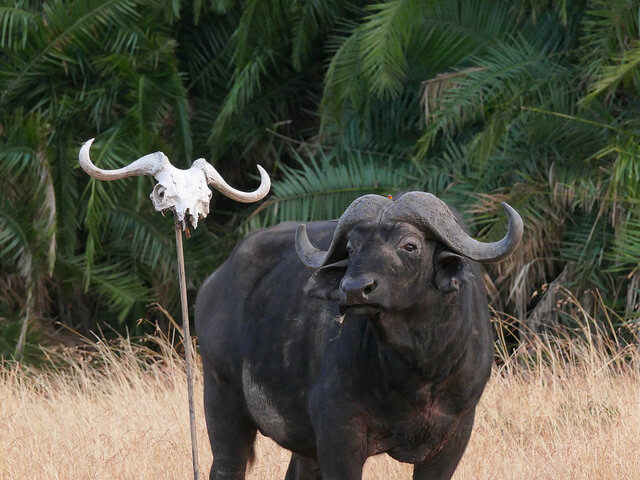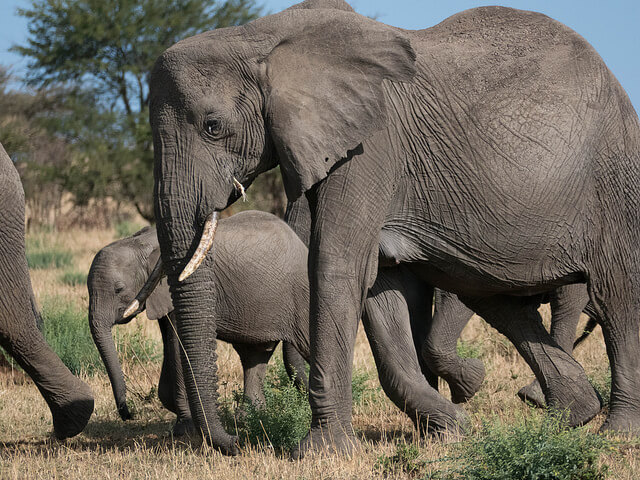Ngorongoro National Park
Details of Ngorongoro Crater
Ngorongoro Conservation Area boasts a blend of landscape, wildlife, people and archeology that is unsurpassed in Africa. Often referred to as the African Eden and the eighth wonder of the world, it is also a pioneering experiment in multiple land use means to allow humans and wildlife to coexist in a natural setting. The Ngorongoro Crater is one of Africa’s most famous sites. Once a volcano supposedly taller than Kilimanjaro, the Ngorongoro Crater is 20 kilometers across with 600 metre high walls. It covers an Area 8,292 sq.km of which the crater covers an area of 260 sq.km , the Ngorongoro Crater is the largest and most perfect volcanic crater on earth. The first view of Ngorongoro Crater takes ones breath away .
Africa’s Big Five are found on the Crater floor as well as large herds of buffalo, zebra and wildebeest.The Crater alone has over 20,000 large animals including some of Tanzania’s last remaining black rhinos.
Volcanoes, grasslands and mountain forests are home to an abundance of wild animals and to the Maasai people .Open grasslands cover most of the crater floor, turning yellow with wild flowers in June. The Makat soda lake is great attraction for flamingos and other water birds, while predators hide in the marsh to ambush animals that come to drink from the river that feeds the lake. Swamps on the crater provide water and habitat for the elephants and hippo as well as the many smaller creatures such as frogs, snakes and several cats.
Cultural tour: Eastern Escarpment of the Great Rift Valley are lovely farming villages along the way to MtowaMbu (River of Mosquitoes) which is good site for cultural tour, You will explore MtowaMbu village (where more than 120 tribes live) and its surroundings, and you will be accompanied by your guide who will introduce you to some of these tribes so that you can learn more about their lifestyles and have a Local lunch,
Historical tours: Within the Ngorongoro conservation is an archeological site well known for its exposed fossils and remnants of the early mankind. Situated on a series of faults the Olduvai Gorge carries evidence of discoveries made as early as in the last century by a German professor who found some fossil bones while looking for butterflies. Few decades later in later expeditions Dr. Leakey collected fragments and then skull and bones that were approximately 2million years old. Tools and hunting weapons from 1.5 million years ago were also discovered in this area as footprints of a man, woman and child at Laetoli, near Olduvai making it worth as visit. Ngorongoro is purely one of the world’s greatest natural spectacles; its magical setting and abundant wildlife never fail to fascinate visitors.Traditional African pastoralists co-operate with Tanzania’s government bodies to help preserve the natural resources of the area and to ensure an experience for tourists.
Bird watching:On the bare grounds or sand tracks in the Ngorongoro Crater you can see nests of Ostiches, Kori bustards, Secretary birds, Grey crowned Cranes, the ground nestling Northern Anteater Chat, Rufous-napped Lark, Capped Whater, Fischer's Sparrow lark, Red capped Lark and the Grassland Pipit. The tree nestling birds of the Ngorongoro Crater are the Superb Starling, Rufous Tailed Weaver and the African White backed Vulture. The Ngorongoro Crater is also inhabited by birds of prey such as: the Augur buzzard and the Long-crested eagle.The soda lakes of Ngorongoro are the breeding grounds of thousands of flamingoes and other water birds such as ducks, waders and herons.
The Ngorongoro Crater also inhabits annual migrants from Europe and Asia, grassland birds, sandy-grounds nestling birds, tree nestling birds, birds of prey and water birds. The annual migrants from Europe and Asia inhabit the Ngorongoro Crater between September and April. Among the migrant birds in this area you can see the Lesser Kestrel, the European swallow, European bee eater, the Northern Wheatear, European roller, Pallid Harrier, Caspian Lapwing and the Montagu's Harrier. Furthermore in the wet season you can see the Rosy-breasted Long claw and large flocks of European storks.





